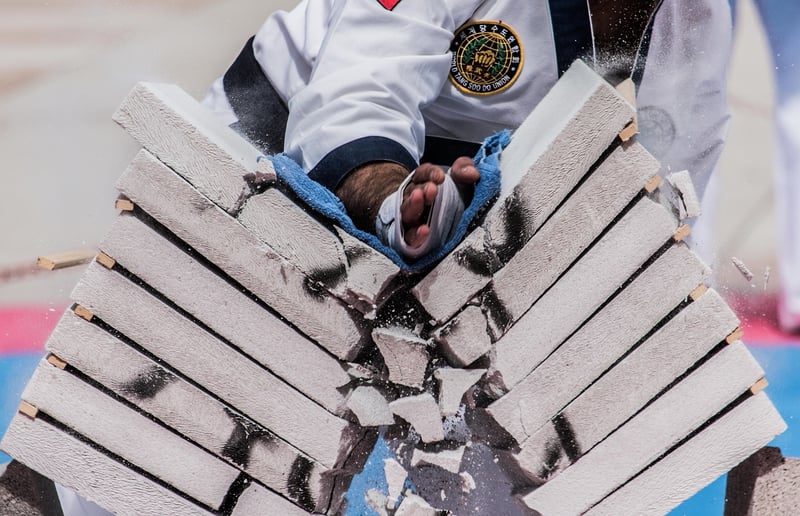Wu Style
The Art of Wu Style in Chinese Martial Arts

Chinese martial arts have a rich history and diverse styles that have captivated practitioners and enthusiasts worldwide. Among the many traditional styles, Wu Style stands out as a distinctive and revered form of martial art.
Origin and History
Wu Style, also known as Wu Tang Quan, is a traditional Chinese martial art that traces its roots back to the legendary Wu Chuan Yau in the early 19th century. Wu Style emphasizes softness and internal power, making it a unique and intricate form of martial art.
Characteristics of Wu Style
Wu Style is characterized by its flowing movements, subtle shifts in weight, and precise footwork. Practitioners focus on developing internal energy (qi) through deep breathing and controlled movements, enhancing both physical and mental strength.
Training and Techniques
Training in Wu Style involves a combination of solo forms (taolu), partner drills, and application of techniques. Practitioners learn to generate power from the core, execute fluid movements, and maintain a strong foundation through stances and posture.
Benefits of Practicing Wu Style
- Improved physical fitness and flexibility
- Enhanced mental focus and concentration
- Stress relief and relaxation
- Self-defense skills and confidence
- Cultural enrichment and appreciation
Popular Wu Style Forms
Some of the well-known forms in Wu Style include:
- Wu Style Tai Chi
- Wu Style Baguazhang
- Wu Style Hsing-I
Find a Wu Style School Near You
If you are interested in exploring the art of Wu Style and experiencing its profound benefits, consider joining a reputable martial arts school or academy. Search for local instructors or dojos that offer Wu Style training to begin your journey today!
Start your Wu Style martial arts journey and unlock the secrets of this ancient and powerful practice!

Image sources: Pixabay.com
